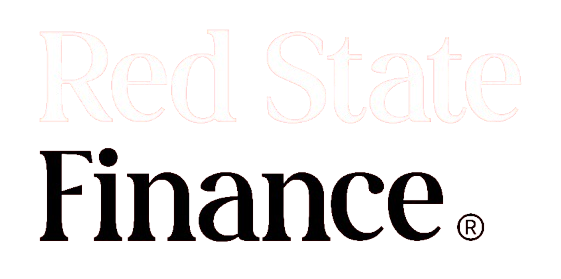The latest Consumer Price Index (CPI) report released on Wednesday revealed that housing inflation continues to remain stubbornly high, showing little signs of easing. According to data from the Bureau of Labor Statistics (BLS), shelter costs, which represent the largest contributor to overall inflation, rose by 0.5% month over month in August. This increase is slightly higher than the 0.4% gain seen in July, indicating a persistent upward pressure in the housing market. On an annual basis, shelter costs surged 5.2% in August, which marks an uptick from the 5.1% year-over-year increase in July.
The ongoing rise in housing inflation has been somewhat unexpected, particularly as economists have been predicting a slowdown in rent increases for over a year. Data from separate sources have suggested that rent growth has been tapering off, driven in part by an influx of new apartment supply, which has helped cool down the market from the highs witnessed in 2022. This new supply was expected to temper shelter inflation, but the anticipated decline has been slow to materialize in the CPI report.
A key reason for this delay is the way the BLS collects rent data. Unlike other real estate data sources that track rent changes on a more immediate, monthly basis, the BLS collects rent data every six months. As a result, the CPI data often lags behind more real-time indicators of the rental market, contributing to a slower reflection of changing conditions in the official inflation statistics.
Jack McIntyre, a portfolio manager at Brandywine Global Investment Management, noted that housing inflation was the “only real standout surprise” in the August CPI report. In a statement following the release, McIntyre emphasized that the strength of the housing component was stronger than most had anticipated, which contributed to the overall inflation picture remaining more elevated than expected.
According to the report, rents increased by 0.4% in August from the previous month, which is a slight deceleration from the 0.5% increase seen in July. However, the measure of owners’ equivalent rent (OER), which estimates what homeowners would pay if they rented their own property, rose by 0.5% in August, marking an acceleration from the 0.4% rise in July. The persistent increase in OER has perplexed economists, given that rental prices in some parts of the country have shown signs of stabilizing or even declining.
Brian Rose, a senior economist at UBS Global Wealth Management, remarked on the unusual trends in the data. “To see OER accelerating at this point is very strange, very difficult to explain,” he told Yahoo Finance following the report’s release. Rose highlighted the complexities and nuances in the data, describing it as “very noisy.” This suggests that while there are broader signs of rental market stabilization, the shelter inflation figures reported by the BLS may not fully capture these trends yet.
On the broader inflation front, the August CPI report showed that overall prices rose by 0.2% from the previous month, a figure that was unchanged from the 0.2% increase in July. This suggests that while inflationary pressures persist, they are not worsening dramatically across the economy as a whole. However, the ongoing strength in shelter costs continues to be a significant driver of inflation and a concern for policymakers.
Economists remain hopeful that CPI data will eventually reflect a more consistent deceleration in rental prices, particularly as new apartment supply continues to come online and landlords face increasing pressure from a softer demand environment. “At some point, it will slow because the rents aren’t rising very quickly, but exactly when this will happen is hard to say,” Rose said, emphasizing the uncertainty surrounding the timing of such a shift.
In a conversation prior to the release of the CPI report, Luke Tilley, chief economist at Wilmington Trust, told Yahoo Finance that consumers are in a slightly weaker position compared to previous months. This, he suggested, could limit the ability of landlords to raise rents as aggressively as they have in the past. However, Tilley also cautioned that tight housing supply remains a significant risk factor.
“There’s still a very short supply of homes in the for-sale market, which is keeping home prices high and moving upward. And that filters through to rent prices and everything else that affects CPI shelter,” Tilley explained. He added that as mortgage rates eventually come down and the Federal Reserve begins to lower interest rates, this could ease some of the upward pressure on shelter inflation.
Overall, while there are some positive signs that housing inflation may eventually cool, the August CPI report underscores the complexities and delays involved in how housing data is reflected in inflation measures. As such, shelter costs are likely to remain a key driver of inflation in the near term, even as other parts of the economy begin to show signs of cooling down.









